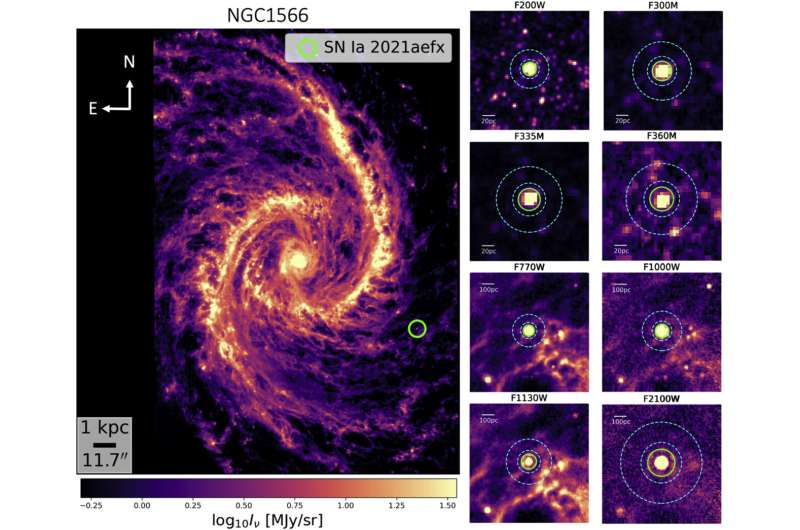Subscribe to:
Post Comments (Atom)
A solar eclipse occurs when the Moon passes between Earth and the Sun
A solar eclipse occurs when the Moon passes between Earth and the Sun , thereby obscuring the view of the Sun from a small p...

-
The storm, which is wider than the Atlantic Ocean, was born in the planet's northern hemisphere and discovered by Hubble in 2018 . Ob...
-
A solar eclipse occurs when the Moon passes between Earth and the Sun , thereby obscuring the view of the Sun from a small p...
-
Aditya-L1 mission: Aditya-L1 will stay Earth-bound orbits for 16 days, during which it will undergo five manoeuvres to gain necessary velo...




No comments:
Post a Comment